Ladew Leather Co.
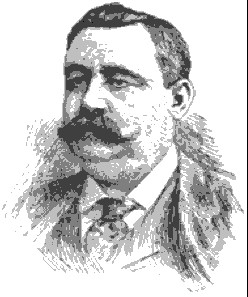
Edward R. Ladew "Leather King" 1855 - 1905
Edward R. Ladew and partner, Daniel B. Fayerweather founded Fayerweather and Ladew, a leather belting company in 1877 and operated a plant on Houston Street in Manhattan. After a fire destroyed the New York City plant, manufacturing was moved to Glen Cove in 1903. The company name was changed to E.R. Ladew Leather Belting Factory.
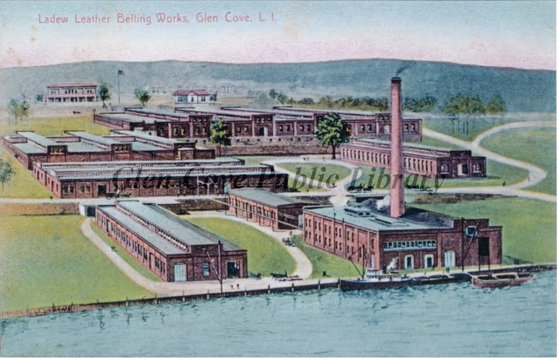
Ladew Factory
The plant's waterfront location on the North side of the Glen Cove Creek afforded multiple advantages: ease of transporting raw materials and finished products, and clean water source; however, it was also used as a dumping ground for industrial waste.
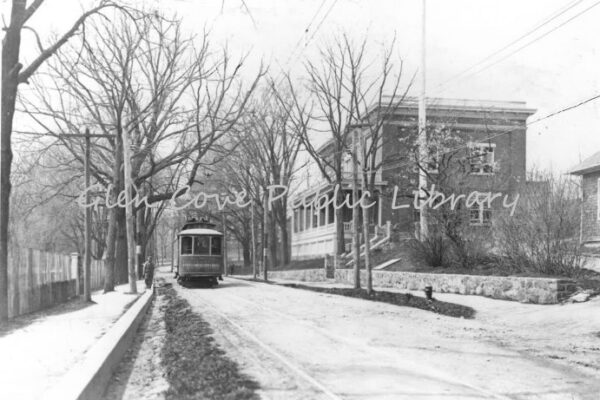
Main Office
The Glen Cove Echo described Ladew as the "biggest leather belting plant in the world" in 1916 employing more than 400 workers. The two storied modern brick office building was located on the north side of the plant with convenient access to the Glen Cove Trolley. Ladew leather goods were sold internationally and in company stores in New York, Chicago, Boston, Newark, Pittsburg, Philadelphia, Charlotte, and Atlanta.
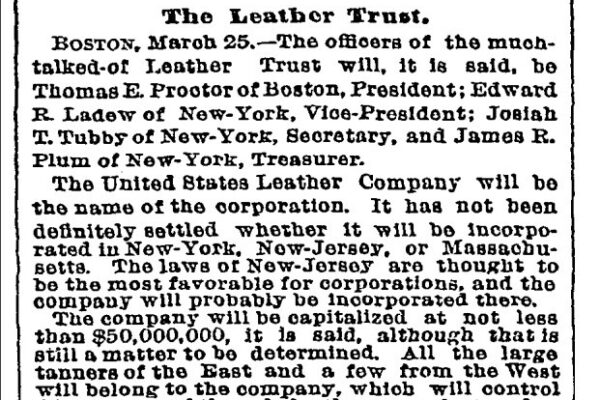
Leather Trust New York Times March 26, 1893
Ladew was one of the tanning corportations that contributed lands and materials to form the United States Leather Company, formed in part as a competitive response to the rising influence of Chicago's meat packing industry. Known interchangeably as the Leather Trust and Leather Combine, the United States Leather Company was one of the original corporations included in the Dow Jones Industrial Average, the second oldest US market index -first tabulated on May 26, 1896, after the Dow Jones Transportation Average. https://timesmachine.nytimes.com/timesmachine/1893/03/26/106816934.pdf
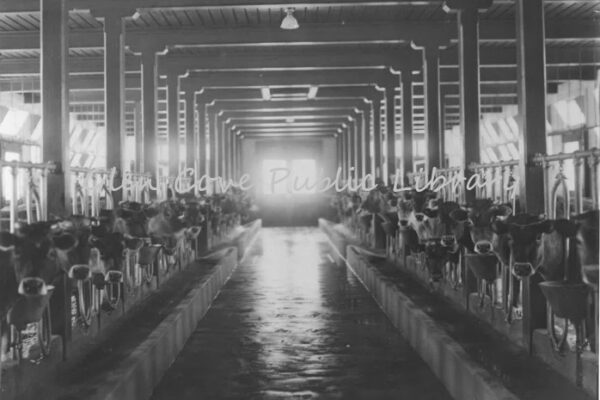
American Steer
In a 1916 account, the Glen Cove Echo claimed Ladew used more than 250,000 hides from American steer annually. Raw hides delivered by truck went through several stages from de-hairing, stretching, oiling, polishing, and cutting before belts of various width and legth were made for household and industrial usage. Ladew's belts were used for home sewing machines as well as industrial manufacturing.
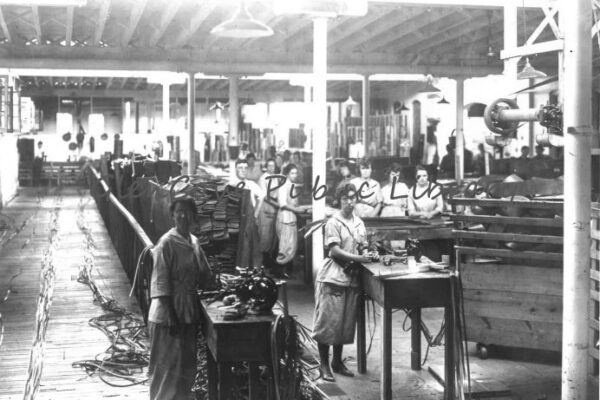
Women Laborers
After Duryea Starch Works moved their factory westward in the early 1900s, Ladew became the largest industrial employer in Glen Cove. The company built ninety-six two story frame cottages within its compound for employee housing.
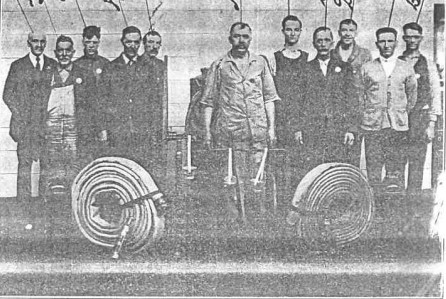
Ladew Fire Department
Industrial explosions and fires posed a serious threat to Ladew's operations. Water mains and fire hydrants were not available; water had to be pumped directly from the Creek. The ruin of the Starch Works plant a short distance away, was a reminder that fires could break out anytime. When the Ladew Fire Department was organized in April 1918, Glen Cove already had several fire houses: Glen Cove Fire Company (1837), Hook & Ladder Co. 1 (1902), Chemical Engine Co. #1 (1902), The Mutual Protective Association of South Glen Cove (1914). Ladew's crew of 16 men conducted monthly drills testing both response time and equipment.

Circular Slide Rule
Fayerweather & Ladew pioneered waterproofing leather belts so they may be utilized during humid and wet conditions. This circular slide rule served as a marketing tool for the company's products. https://americanhistory.si.edu/collections/search/object/nmah_1215006
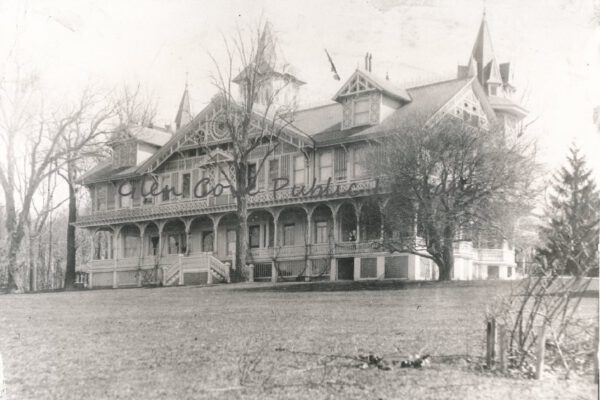
Elsinore Estate
This grand estate was the residence to several notable owners as a Summer retreat before Edward Ladew purchased it as his home. W.E. Burton, an English comic actor and playwright built the home in 1855 in an area north of Morgan Park where the Shorecrest development is now located. The estate encompassed a full half mile of shoreline. In his self published monograph, Harvey Ladew described Elsinore as "the largest gingerbread house in the world" and "like a huge white birthday cake trimmed with icing."
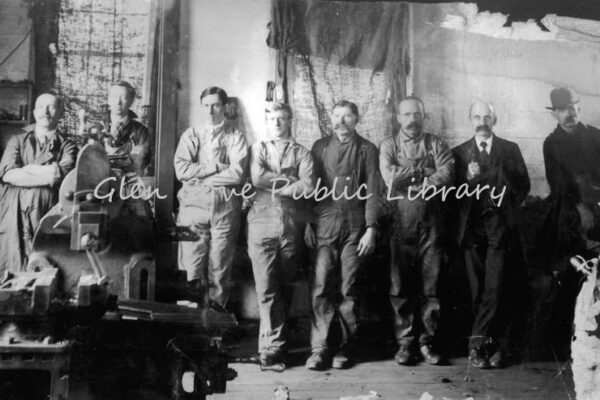
Labor vs. Management
With a rapidly industrializing economy, Ladew workers successfully organized a local union on November 24, 1916 despite management's promise of a ten percent wage increase. Workers wanted 15-20% pay hike and a fifty hour work week. When negotiations between labor and management failed, a strike followed and violence resulted - notably in the mysterious murder of striker Harry Anderson.
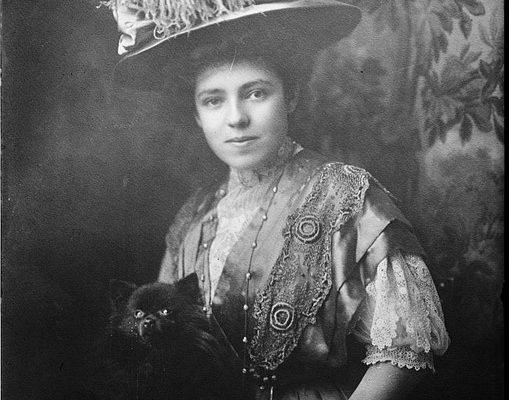
Elise Ladew E. 1910S
Daughter of Edward Reuben Ladew and Louise "Lulu" Berry Ladew. Wife of William R Grace, Jr. Mother of Elise Ladew Blagden; Alison Byers and Patricia Corey Sister of Harvey Smith Ladew https://www.loc.gov/rr/print/res/274_bain.html
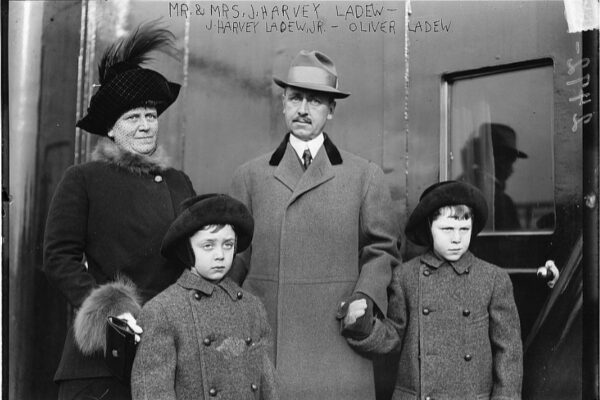
Harvey Ladew and Family
Harvey the only son of Edward and Louise Ladew was an avid horseman and horticulturist. The family traveled extensively throughout Europe. When WWI broke out, Ladew was in Europe and enlisted to serve as an U.S. Army liaison officer. https://lccn.loc.gov/2014691188
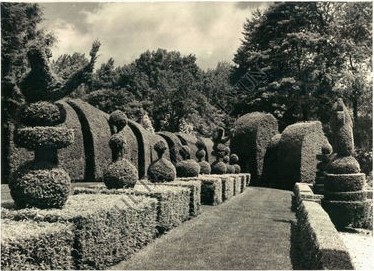
Ladew Topiary Garden
Upon returning from the war, Harvey Ladew chose to pursue his passions over working in the family business. His love of fox hunting led him to purchase a 250 acre farm in Monkton, Maryland. Extensive renovation of the home and grounds of his "Pleasant Valley Farm" would culminate in an elaborate 22 acre topiary garden there, considered among the finest in the world. Topiary designs included a pack of hounds chasing a fox, Churchill's top hat, and a mounted fox hunter jumping a hedge. Whimsical structures and sculptures dot the park.
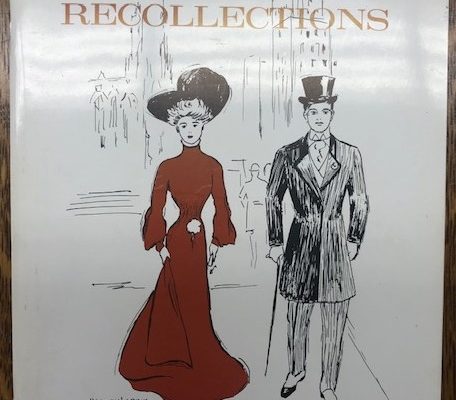
Random Recollections Vanished Years
This privately printed 1967 edition depicts Harvey Ladew's recollections of his life and family history.
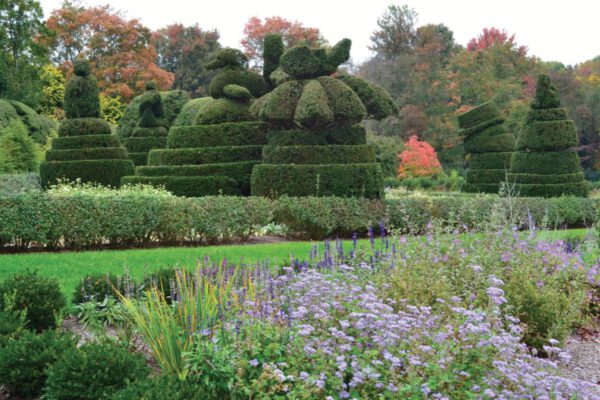
Ladew Topiary Garden
2021 marked the 50th Anniversary of the Ladew Topiary Garden as a public garden. The non profit organization's mission is "to maintain and promote the gardens, house and facilities in keeping with the creative spirit of Harvey S. Ladew for the public benefit and for educational, scientific, and cultural pursuits." https://ladewgardens.com/
